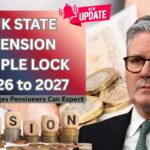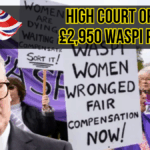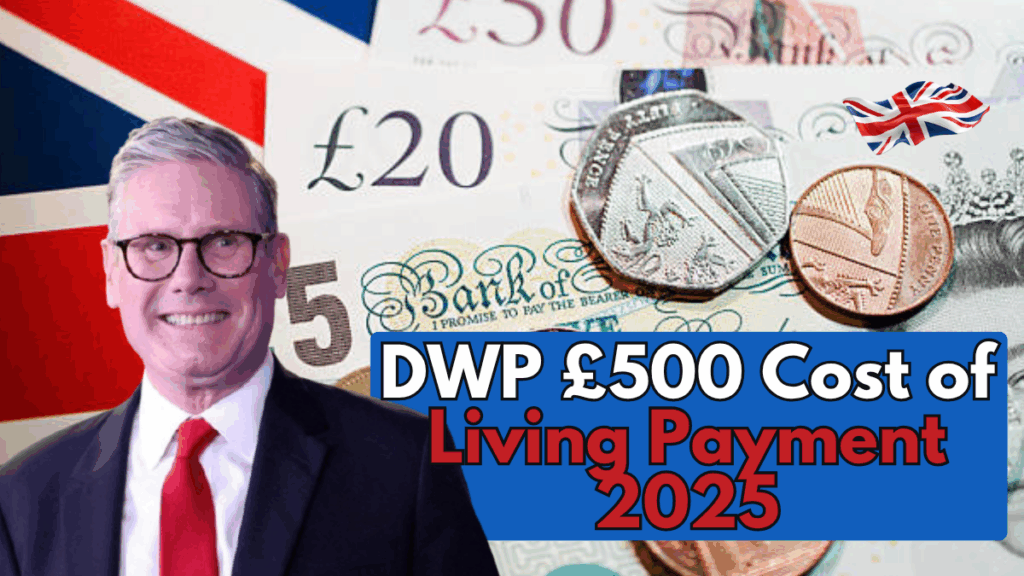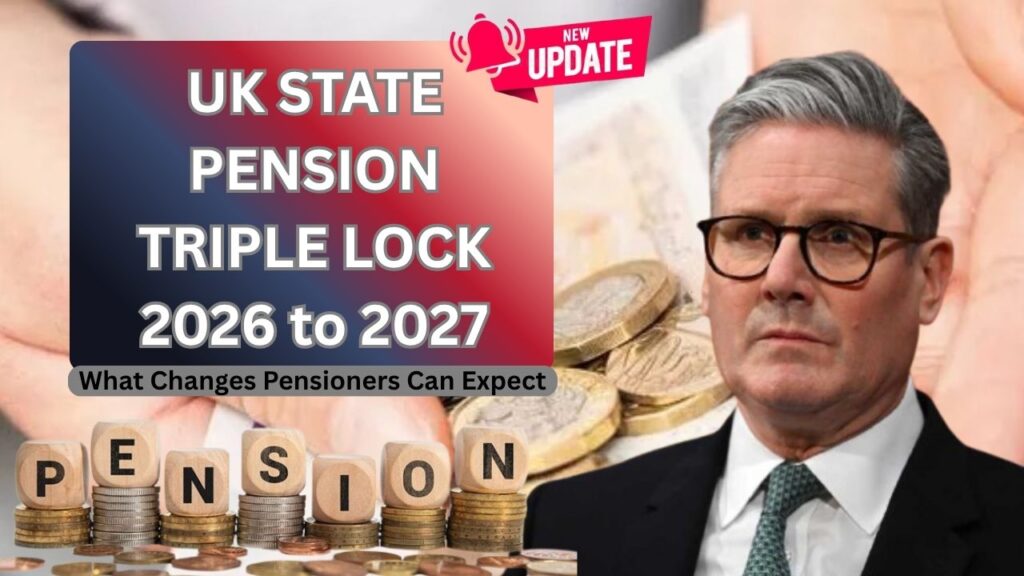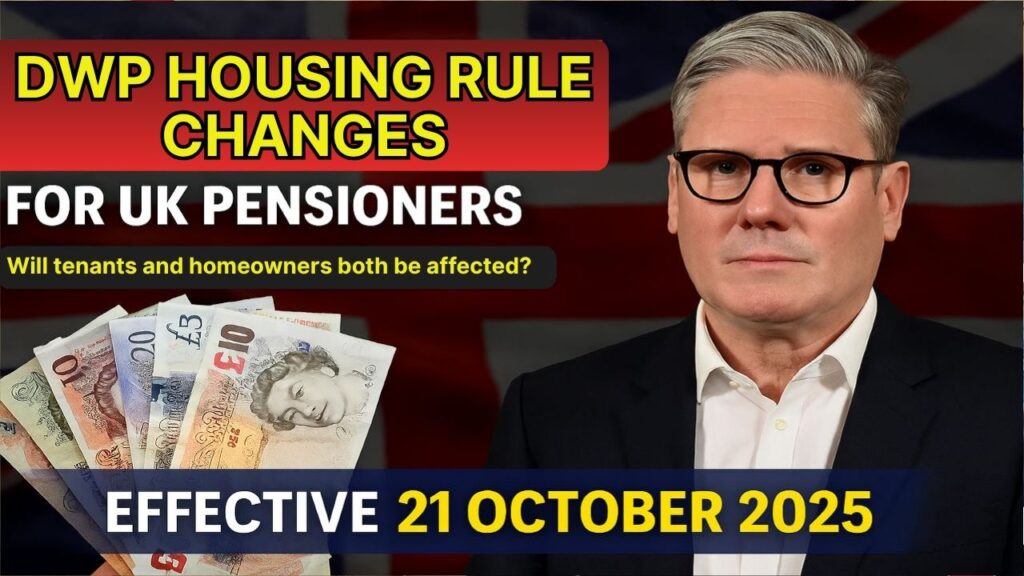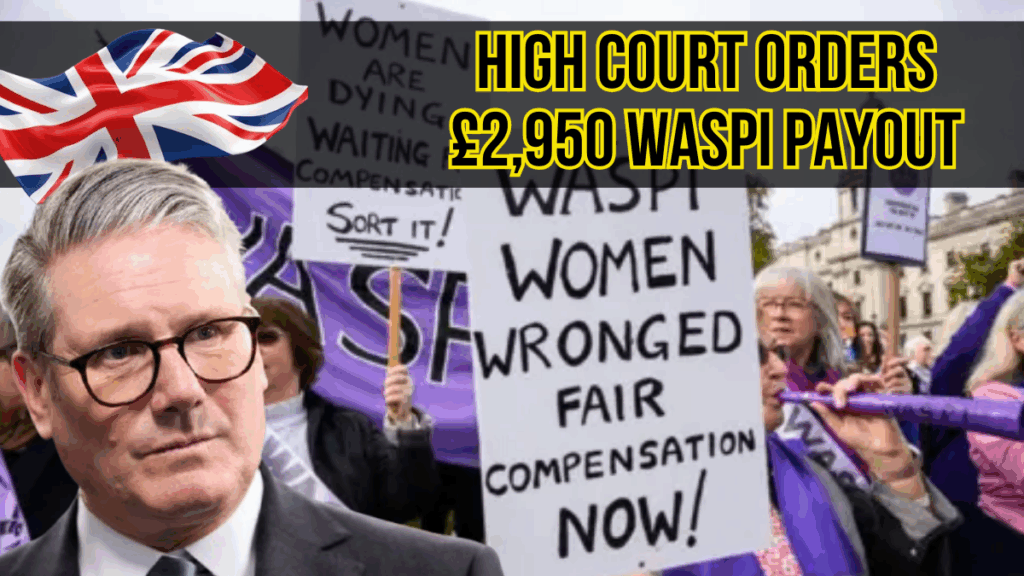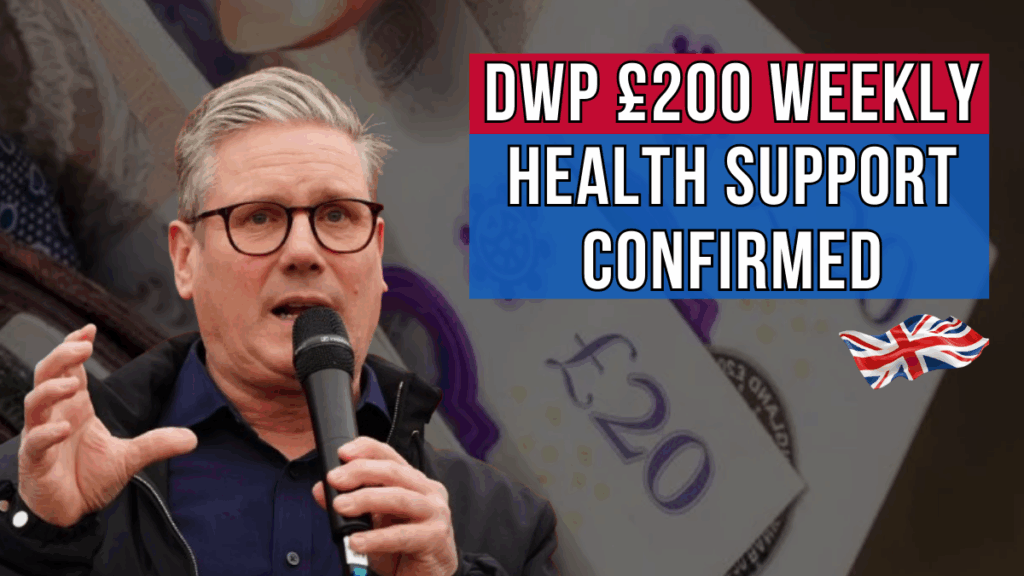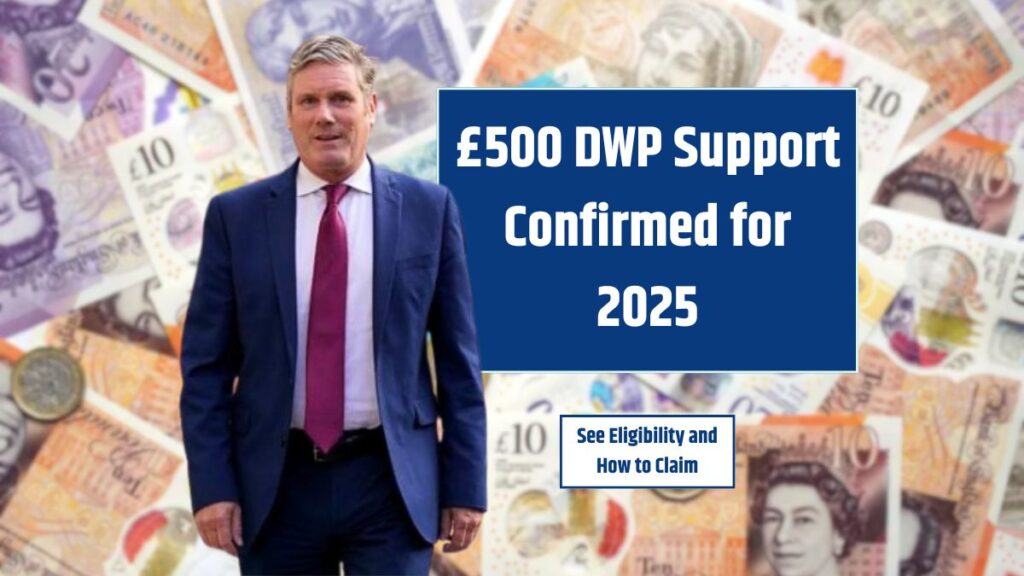Confusion has spread online about a supposed increase in the UK personal allowance from £12,570 to £20,000 in 2025. The idea drew strong public interest through a citizen petition, but it is not government policy. The government formally rejected the proposal and confirmed that the personal allowance remains at £12,570. It also remains subject to the existing freeze that is scheduled to run until April 2028. This guide sets out the facts in plain English, explains why the story took off, what a freeze means in practice, and how to check your own position.
Table of Contents
What Is the Personal Allowance
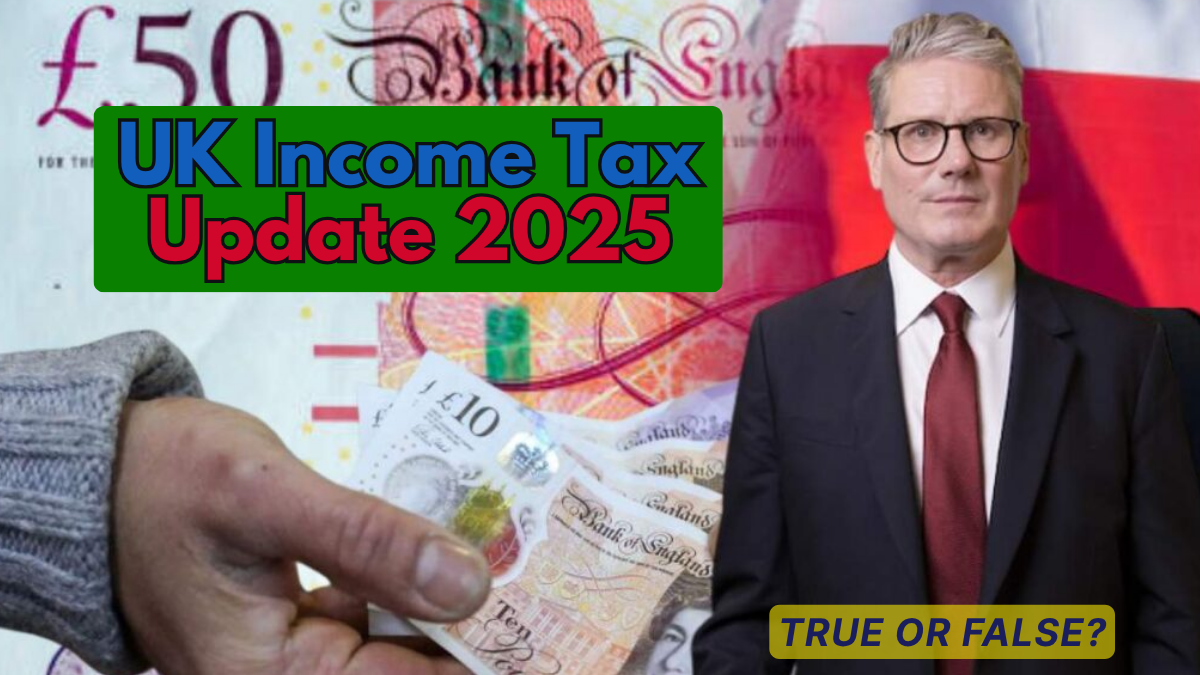
The personal allowance is the slice of annual income you can earn before paying income tax. For 2025, that threshold is £12,570. If your total income is at or below that level, you will not pay income tax, although National Insurance and other deductions may still apply depending on your circumstances. The allowance has been at £12,570 since April 2021 and, under current policy, is frozen until April 2028.
Summary Table
Item |
Details |
|---|---|
Policy status |
No approved rise to a £20,000 personal allowance in 2025 |
Current personal allowance |
£12,570 and frozen until April 2028 under current policy |
Source of the £20,000 claim |
Public petition and online discussion, not an official announcement |
Government position |
Proposal rejected due to significant revenue cost and wider budget pressures |
Practical impact today |
Payslips continue to reflect a £12,570 personal allowance |
Who is affected |
All individual income taxpayers in the UK system |
Official website |
How the £20,000 Story Began
The proposal to lift the personal allowance to £20,000 originated in a public petition that gained momentum on social media and in the press. Many people, facing rising living costs, hoped that a higher allowance would ease pressure on household budgets. The attention created the impression that a change was imminent. The government response made clear that the petition had been considered but was not accepted, citing an annual cost estimate in the tens of billions and competing funding priorities across public services.
What Freezing the Allowance Means
Freezing a threshold in cash terms while wages and prices rise leads to fiscal drag. Here is what typically happens in a freeze:
- More workers become taxpayers as pay drifts above the unchanged threshold.
- Some basic rate taxpayers are pulled into higher tax bands.
- Even with a nominal pay rise, take home can grow more slowly because a larger share of income falls within taxable bands.
The personal allowance freeze therefore increases revenue gradually without changing the headline rate. This is why many people notice that their tax deductions do not fall even when their salary edges up.
What A £20,000 Personal Allowance Would Have Meant if Adopted
The following illustrations are theoretical only, since the policy was rejected:
- Low income workers with earnings below £20,000 would have paid no income tax.
- Typical basic rate earners might have seen annual income tax savings measured in hundreds to around a thousand pounds depending on their income and other factors.
- Many pensioners with modest private income would have seen lower tax bills, improving monthly cash flow.
- Households under pressure from rent, energy, transport, and childcare could have experienced noticeable relief.
Again, these scenarios are for context only because there is no approved policy change.
Why the Government Said No
Raising the personal allowance to £20,000 would substantially reduce income tax receipts. The government assessed the cost as very high and argued that the measure would limit funding for priority services such as the NHS, education, social care, policing, and defence. Ministers also pointed out that any large revenue loss would have to be offset by higher borrowing, spending cuts, or increases in other taxes. Against that background, the petition was rejected.
What To Watch Next
- The current freeze keeps the personal allowance at £12,570 until April 2028.
- A future Budget or a change of government could revisit thresholds, bands, or targeted reliefs.
- Economists will continue to debate the trade off between relieving fiscal drag and protecting public service budgets.
- If any official changes are proposed, they will be published on GOV.UK first, then reflected in employer payroll updates and HMRC guidance.
Practical Steps for Employees and Pensioners
- Check your tax code on your payslip or pension payslip to ensure it matches your situation. Common codes for those with the standard allowance start with 1257.
- Review your payslip deductions to confirm income tax aligns with your band and tax code.
- Use HMRC’s online tax checker through your Personal Tax Account to see your estimated tax for the year.
- Plan your savings and pension contributions. Salary increases during a freeze may push more of your income into tax. Tax advantaged savings and pension contributions can help manage liabilities where suitable.
- Rely on official sources. If you see claims about a sudden change, verify at HMRC and GOV.UK before adjusting your budgets.
Common Situations and How They Interact with the Freeze
- Second jobs or variable hours. Additional income can change your tax code mid year. Keep HMRC updated so your code reflects your real position.
- Benefits in kind. Employer benefits can reduce the amount of your personal allowance available against cash pay. Check your P11D and coding notice.
- Marriage Allowance. Some couples can transfer a portion of unused allowance between spouses. Check eligibility if one partner has income under the personal allowance and the other pays basic rate.
- Scottish and Welsh taxpayers. Income tax rates and bands on non savings and non dividend income can differ for Scottish taxpayers. The personal allowance level is UK wide, but band structures vary by nation.
- Self assessment filers. Budget for Jan and December payments on account if applicable. The freeze affects your total tax bill if profits or wages rise.
Frequently Asked Questions
1. Has the UK personal allowance increased to £20,000 in 2025
No. The government rejected the proposal. The allowance remains £12,570.
2. Why is my take home pay not rising much even with a small pay rise
Because the allowance is frozen, more of your income can fall into taxable bands. This is fiscal drag.
3. When could the personal allowance change
Any change would require a policy announcement through a Budget or fiscal event and legislation. Under current policy it is frozen until April 2028.
4. My payslip does not show the change I saw online. What should I do
There has been no approved change to a £20,000 allowance. Verify information at GOV.UK and check your tax code with HMRC if you think it is wrong.
5. Are there ways to reduce my income tax legally
Consider eligibility for Marriage Allowance, pension contributions, salary sacrifice arrangements offered by your employer, and tax free savings allowances. Seek regulated advice for your circumstances if needed.
Conclusion
The story of a £20,000 personal allowance reflects public desire for tax relief, but it is not government policy. The personal allowance stays at £12,570 and is frozen under current rules until April 2028. That freeze creates fiscal drag as wages rise. To protect your position, rely on official guidance, check your tax code, and plan ahead for the impact of the freeze on take home pay. If a genuine policy shift is announced, it will appear first on GOV.UK and then flow through to payroll systems and HMRC guidance.
Official Website
For authoritative updates and tools, visit https://www.gov.uk
For More Information Click HERE

